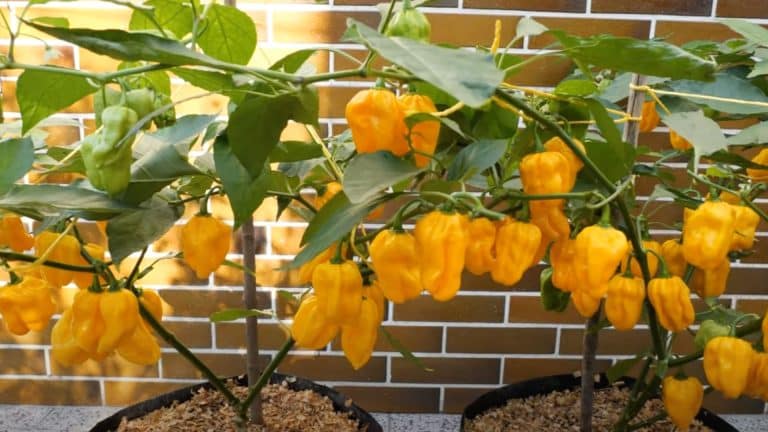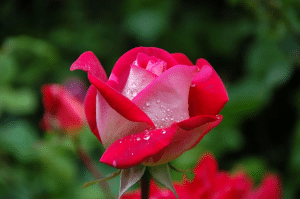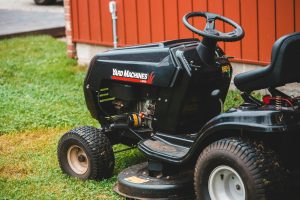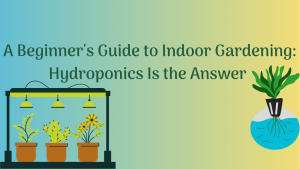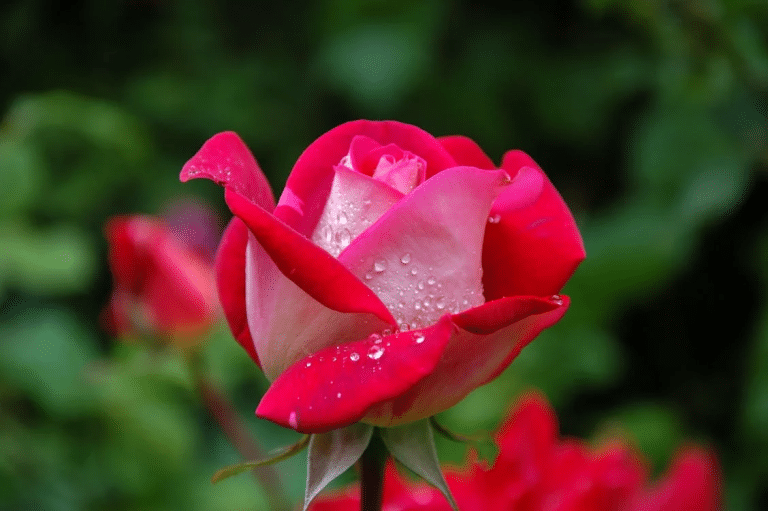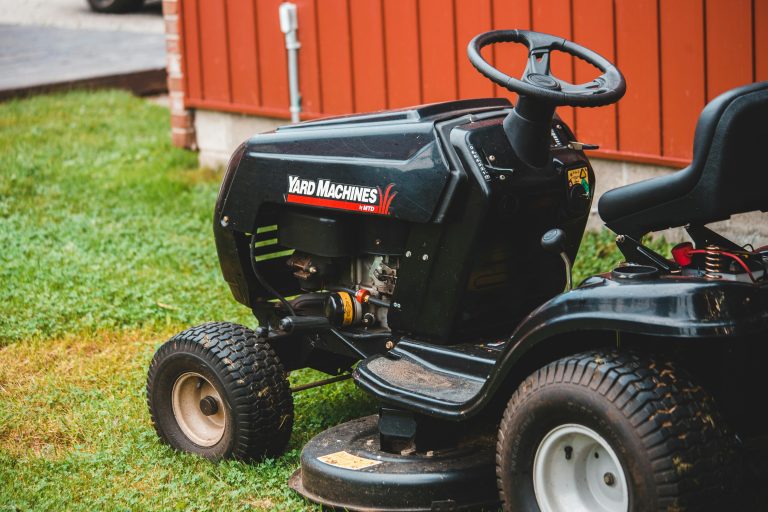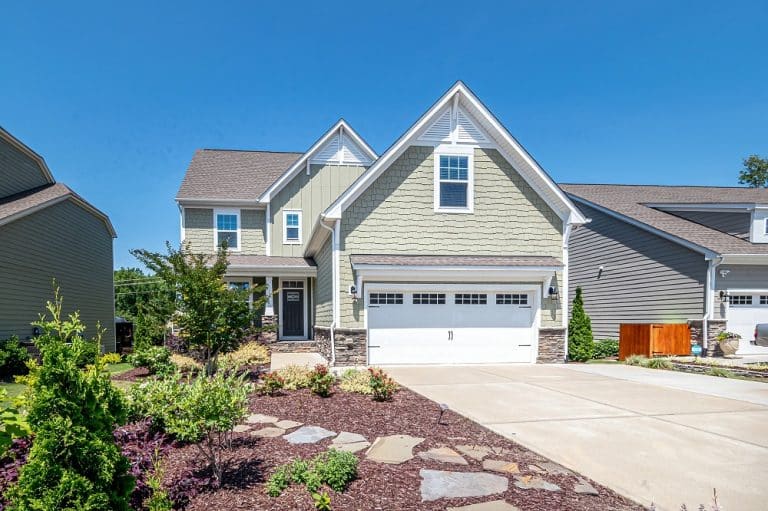Want to grow spicy Habanero peppers without a garden? You don’t need a big backyard to grow hot, flavorful habaneros.
If you’ve got a patio, porch, or even a sunny balcony, you can grow these fiery peppers in pots; no garden required.
If you’re a first-time grower or just short on space, I’ll walk you through the full process. You’ll learn how to choose the right pot and soil, care for your plant every day, and avoid beginner mistakes.
By the end, you’ll be picking fresh habaneros that pack severe heat, right from your container garden.
Why Grow Habaneros in Pots?
Growing habaneros in pots is a smart move, especially if you don’t have a big garden. Containers let you move your plants around to chase the sun or protect them from bad weather.
It’s also easier to manage bugs and diseases when your peppers are in pots.
Habanero plants stay fairly small, so they fit well in containers. They love heat and keep producing peppers all season long.
Even one plant in a five-gallon pot can give you more than enough spicy peppers for fresh salsa or homemade hot sauce. It’s a great way to grow bold flavor in a small space.
Materials Needed to Grow Habanero in Pots
You don’t have to spend a lot to grow habaneros in pots. Most of the supplies are affordable and easy to find. Here’s a quick breakdown of what you’ll need and how much it might cost:
| Supplies | Estimated Cost Range (USD) |
|---|---|
| Pot (12″ or larger, with drainage) | $8.00–$50.00 |
| Quality potting mix | $7.00–$26.00 |
| Compost or worm castings | $2.00–$35.00 |
| Seeds or healthy seedlings | $2.00–$25.00 |
| Fertilizer (organic or synthetic) | $10.00–$30.00 |
| Gloves | $1.00–$25.00 |
| Total Estimated Cost Range | $30.00–$191.00 |
NOTE: Prices are estimates and may vary by location, brand, or season. Check local sources for current rates.
Steps on How to Grow Habanero in Pots
Want fresh, fiery habaneros without a garden bed? Growing them in containers is easy and rewarding. Just follow these five simple steps, from setup to harvest.
Step 1: Choose the Right Pot and Soil
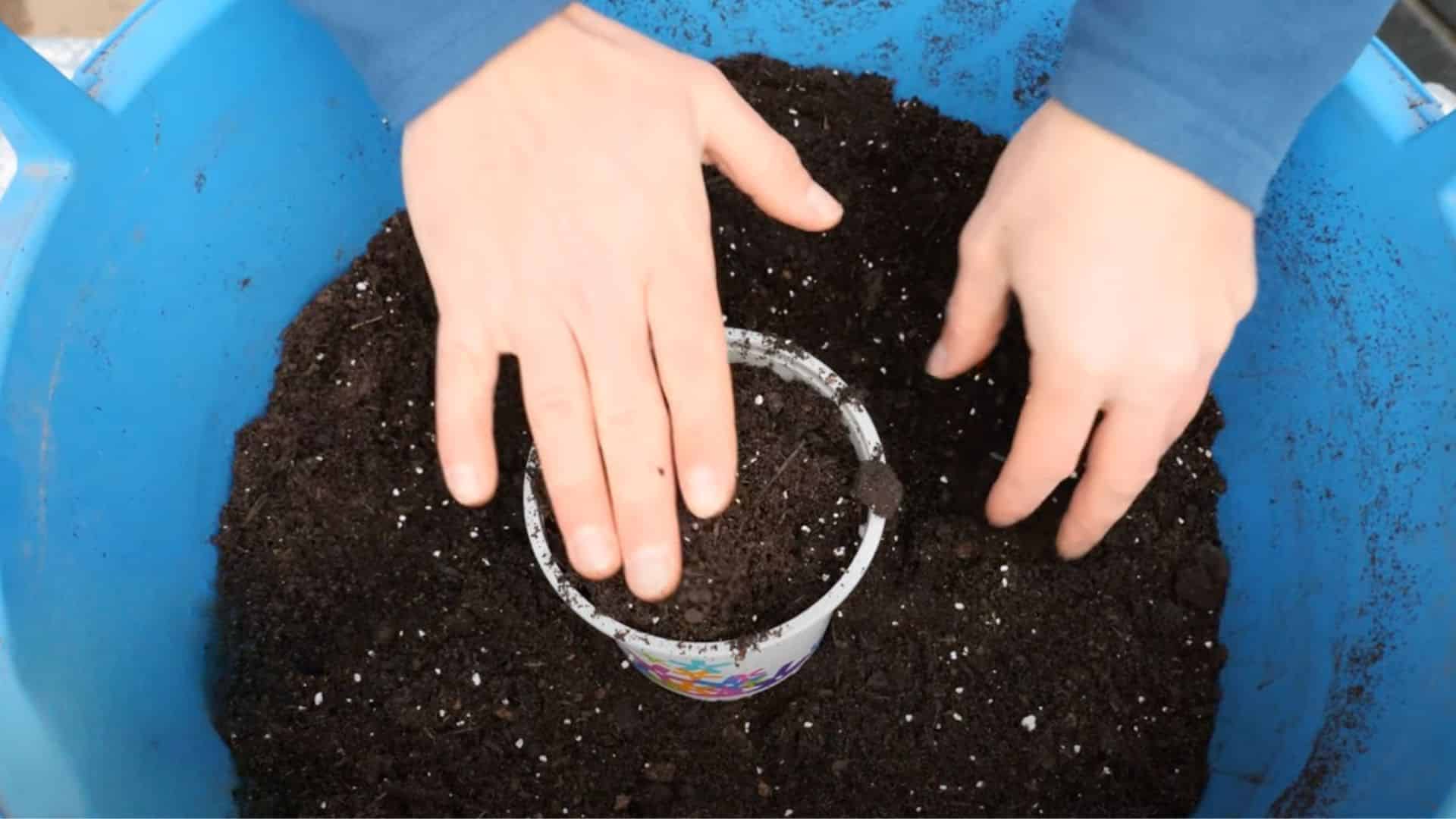
Pick a pot that’s at least 12 inches deep and wide. Make sure it has drainage holes.
Fill it with high-quality potting mix made for vegetables. Mix in compost or worm castings for a nutrient boost.
Tips:
- Use fabric grow bags if plastic pots get too hot.
- Skip garden soil; it’s too heavy and holds water.
- Mix in perlite or coconut coir for better drainage.
Step 2: Plant Your Seeds or Seedlings
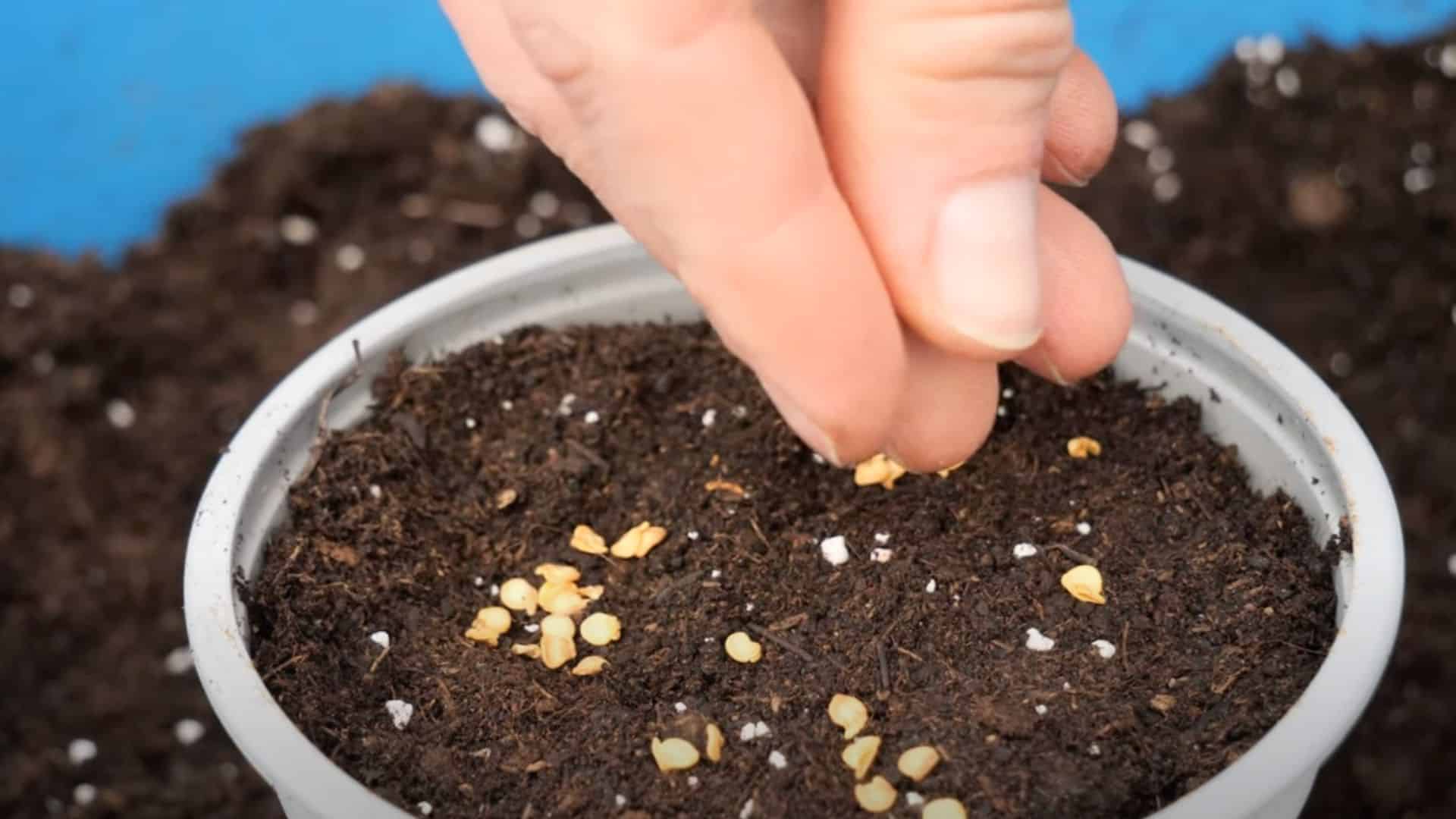
Start seeds indoors 6–10 weeks before your last frost. Keep them warm and moist.
Once they have a few sets of true leaves, harden them off before transplanting one seedling per pot.
Tips:
- Soak seeds overnight to help them sprout faster.
- Use grow lights if sunlight is limited.
- Let seedlings adjust to outdoor light over 7 days.
Step 3: Give It Sun and Warmth
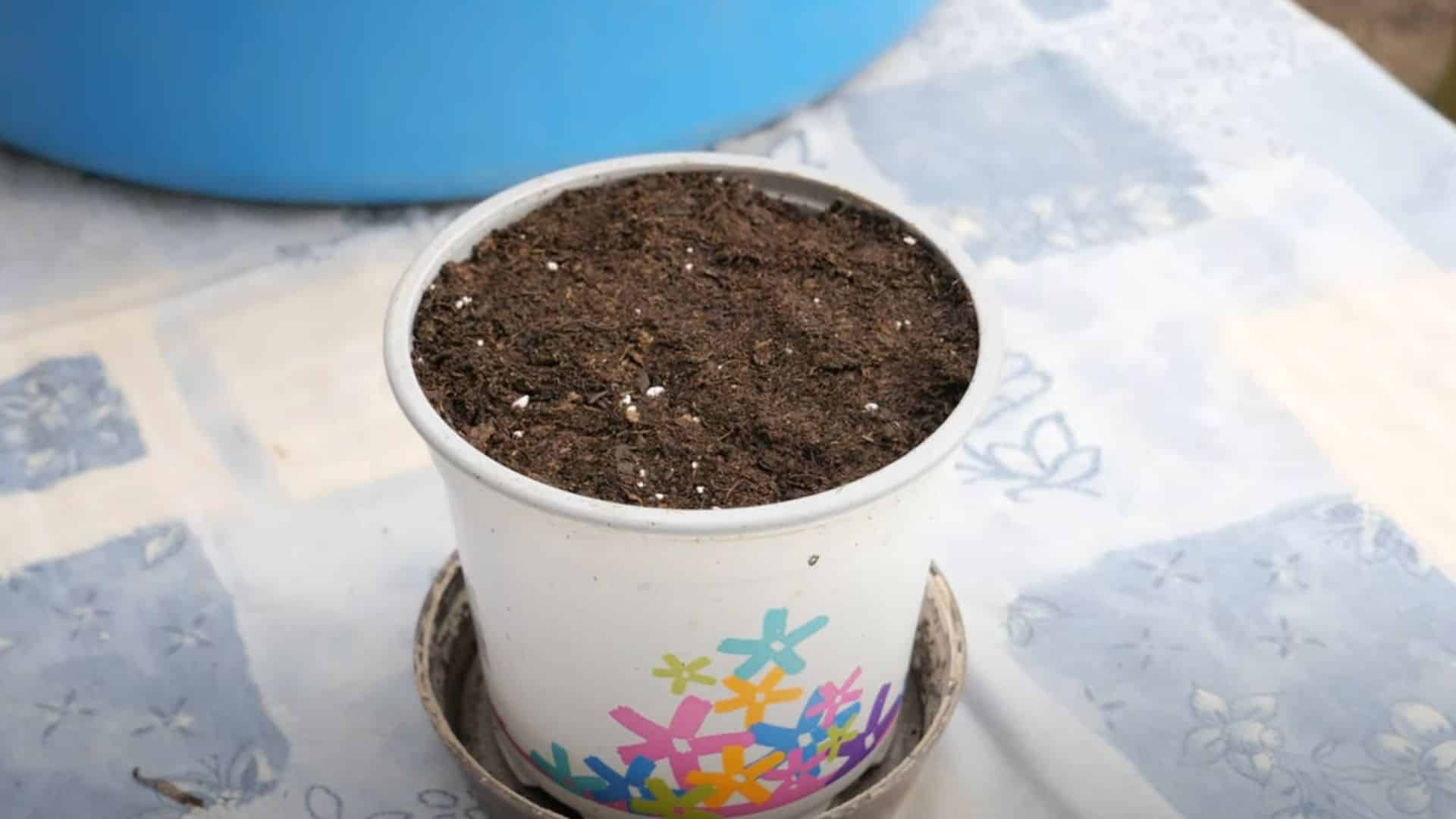
Place the pot in full sun, ideally for at least 6–8 hours a day. South-facing spots are ideal.
Habaneros need warm weather. If it drops below 60°F, bring them indoors or cover them.
Tips:
- Use a rolling plant stand for easy movement.
- Watch for sunburn on tender leaves.
- Add mulch to lock in warmth and moisture.
Step 4: Water and Feed Consistently
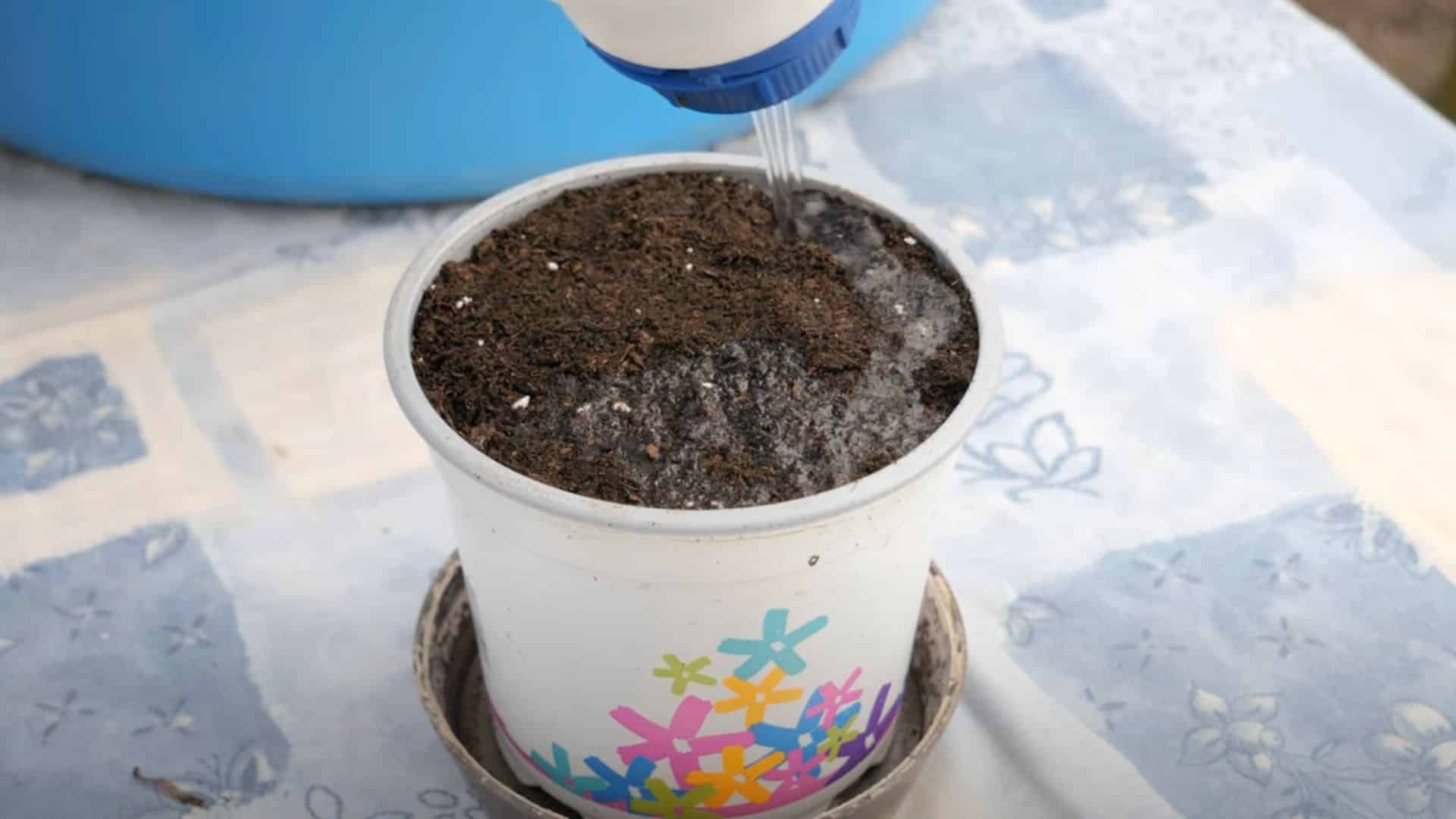
Water when the top inch of soil is dry. Don’t let it dry out completely or stay soggy.
Use a balanced veggie or tomato fertilizer every 2–3 weeks to keep the plant thriving.
Tips:
- Water early morning or late afternoon.
- Try a moisture meter if you’re unsure.
- Avoid splashing water on leaves to prevent disease.
Step 5: Transplant and Harvest
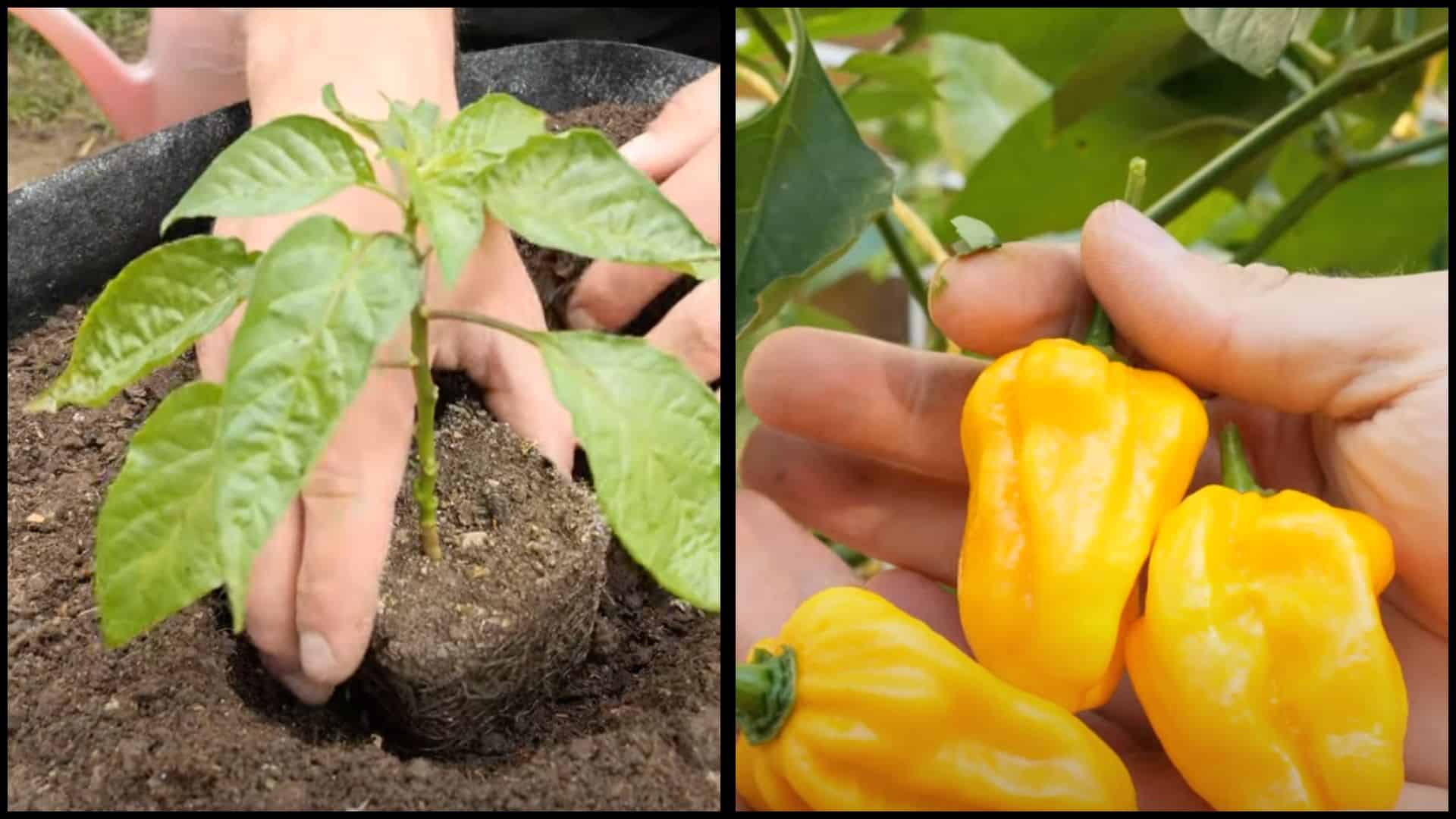
Move your seedling to its final pot when temperatures stay warm. Bury it a little deeper than before.
In 70–90 days, your plant will be ready to harvest. Pick peppers when they turn bright orange, red, or their final color.
Tips:
- Snip peppers off with scissors or pruners.
- Don’t wait too long; overripe ones may drop or split.
- Save seeds from ripe peppers to grow more later.
Common Problems to Avoid while Growing Habaneros
Growing habaneros in pots is simple, but a few common issues can sneak up on you. Here’s what to look out for, and how to stop small problems before they mess with your harvest:
- Heavy fruit can break branches, so use small stakes or tomato cages to support your plants as they grow
- Aphids and spider mites love pepper plants, so spray with neem oil or insecticidal soap when you spot them
- Blossom end rot causes dark spots on peppers and comes from inconsistent watering habits
- Poor air circulation around pots leads to fungal disease, so space containers apart properly
- Pinch off the first few flower clusters on young plants to help them build strong roots and leaves first
A little prevention goes a long way. Stick to a regular watering, feeding, and check-in routine, and your habanero plants will reward you with loads of hot peppers all season.
Quick Tips for Growing in a Container
These last few pointers can turn a decent pepper plant into a true harvest hero. Small habits like these make a big difference when you’re growing habaneros in pots:
- Rotate your pot a quarter turn each week so all sides of the plant get equal sunlight exposure
- Don’t overcrowd by putting multiple plants in one container, since they need space to grow properly
- Save seeds from your best mature pods at the end of the season for free plants next year
- Move containers to follow the sun throughout the day if you have a wheeled plant caddy available
Stick with these simple tips and you’ll get more peppers, stronger plants, and maybe even a little garden envy from your neighbors.
Wrapping It Up
Growing habaneros in pots is a simple and rewarding way to bring homegrown peppers into your kitchen. You don’t need a lot of space; just a sunny spot, the right setup, and a little regular care.
Even a single container can produce enough peppers for months of homemade hot sauces, salsas, and spicy dishes.
Don’t let limited space hold you back this season. Container gardening is a great option if you live in an apartment, a small home, or just want to grow a few extras on the side.
Habanero plants are tough, productive, and surprisingly easy to manage once you get the hang of them.
If you’ve been thinking about trying it, now’s the time. Feel free to share your questions or pepper-growing tips in the comments. I’d love to hear how your plants are doing.


